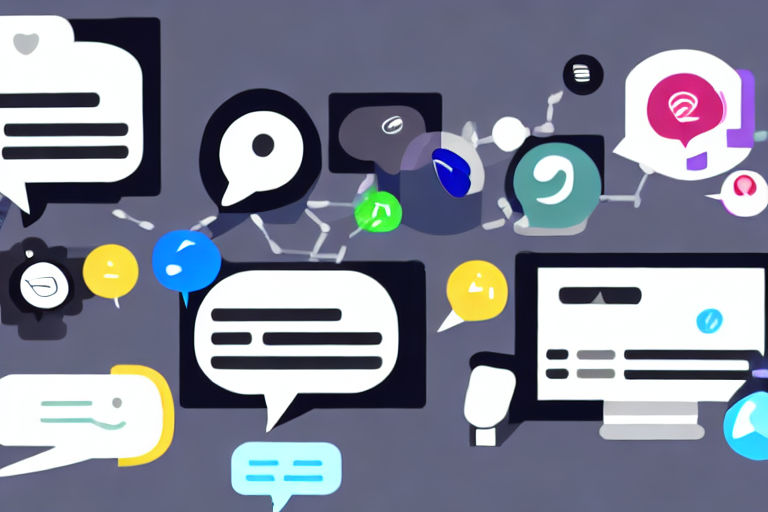Building Chatbots With SpaCy: Tips and Tricks
Chatbots have become increasingly popular in recent years for businesses looking to provide efficient and personalized customer service. However, building a chatbot can be challenging, especially when it comes to leveraging natural language processing (NLP). That's where SpaCy comes in.
SpaCy is a powerful NLP library that enables developers to build robust and scalable chatbots. In this article, we'll explore some tips and tricks for building chatbots with SpaCy.
1. Understanding the Basics
Before we dive into the tips and tricks, it's important to understand the basics of SpaCy. SpaCy is an open-source library for natural language processing in Python, which provides robust NLP capabilities for industry use cases. SpaCy has been designed for efficiency, and can handle big data with high throughput.
The library includes tools for POS tagging, named entity recognition (NER), dependency parsing, sentence recognition, and more. Additionally, SpaCy offers pre-trained models that can be used directly or fine-tuned to meet individual use cases.
2. Pre-processing Text
Pre-processing text is the foundation of building a chatbot with SpaCy. The initial pre-processing step involves tokenizing text into individual words or phrases. SpaCy offers a powerful tokenizer, which can handle complex text structures and remove unnecessary whitespaces.
Once the text has been tokenized, the next step is to remove stop words and perform stemming or lemmatization. These techniques help to reduce the dimensionality of the text data and improve efficiency.
3. Building the Chatbot Model
After pre-processing the text, the next step is to build a chatbot model. SpaCy provides several pre-trained models, such as the English language model. These models can be customized and fine-tuned to fit specific use cases.
The model should be trained using relevant data and annotated examples. This data will serve as the foundation for the chatbot's decision-making process. It's important to include a diverse range of examples to account for variations in user input.
4. Testing and Refining
Once the model has been trained, it's important to test and refine it. A test set should be created to evaluate the chatbot's performance. The test set should include examples of different types of user inputs, including variations in language and phrasing.
Using the test results, the chatbot model can be refined by adjusting the training data and fine-tuning the model. This iterative process will help to improve the chatbot's accuracy and overall performance.
Conclusion
Building a chatbot with SpaCy requires a deep understanding of natural language processing and the tools and techniques involved. By following these tips and tricks, you can build a robust and efficient chatbot that provides personalized customer service and delivers business value.





